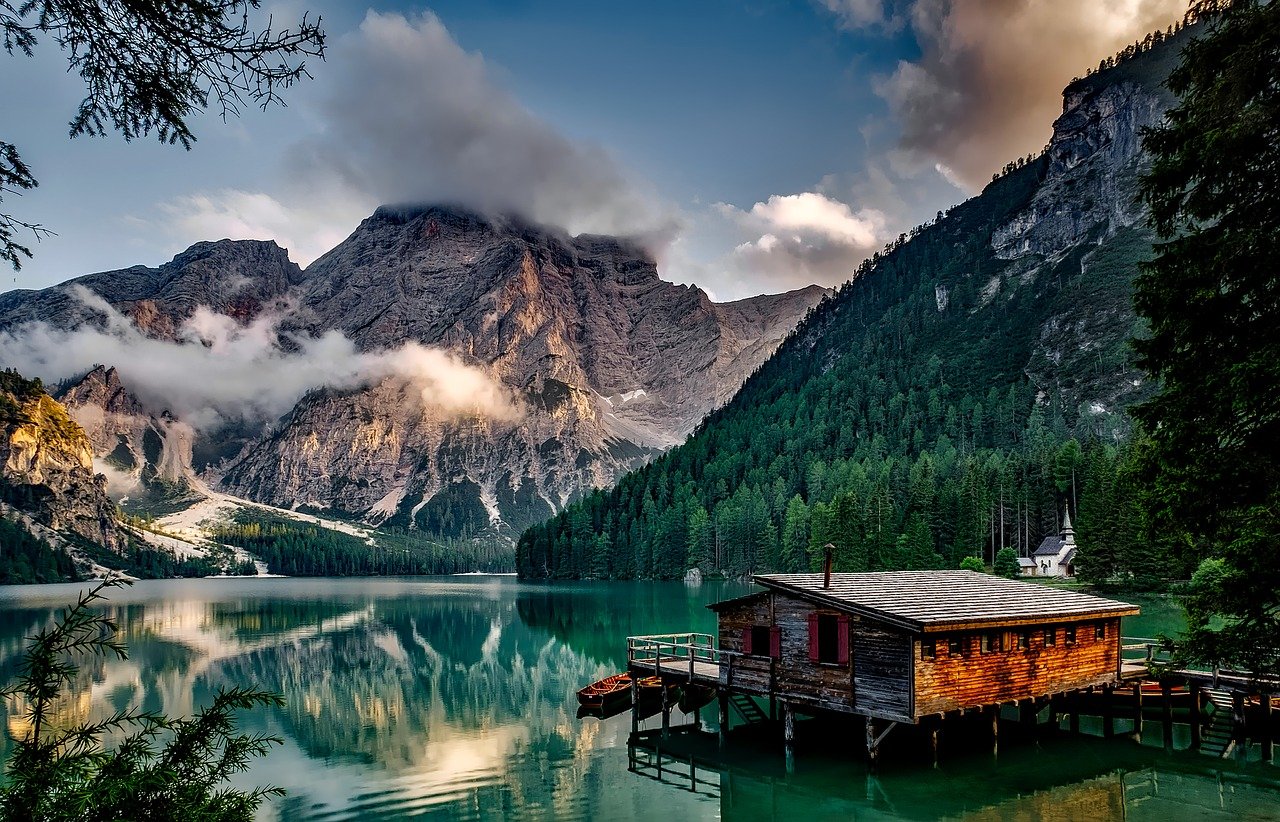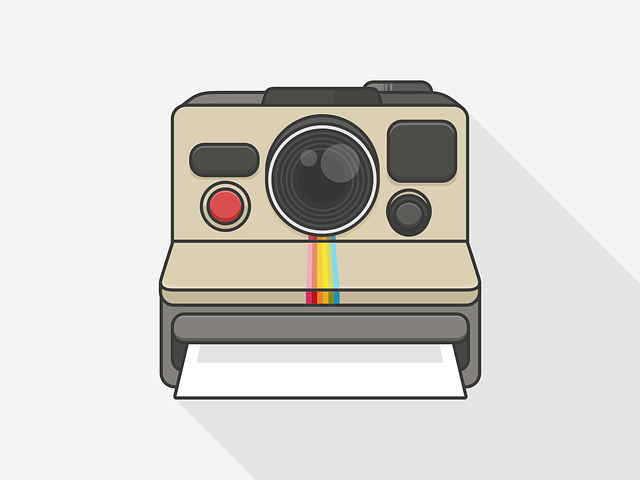Photographers’ websites, just like any other website need SEO to become visible on the web. Without SEO, your website is just a photo catalog. If you want to rank better, you need to put SEO above your artistic soul. You need to help search engines understand what your pages are about. For this, you need as many pages as possible, of course with photos, but also with texts.
Read also: STRATEGIC WAYS OF SELLING PHOTOGRAPHIC PRINTS
SEO Mistakes Photographers Should Avoid
1) No or wrong keyword research. The so-called “keywords” are your key to economically relevant positions in the search engines! Potential customers google, for example, with the keyword combination “ wedding photographer Munich ” when they – who would have thought it – are looking for a wedding photographer in Munich.
2) Too short or too long meta titles and descriptions. Meta Titles and Descriptions are the most important information about your website in search engines! Unfortunately, many photographers do not enter titles and descriptions at all! Or they choose the wrong text lengths. A title should be a maximum of 55 characters long, otherwise, it could be “cut off” by Google in the display.
Also, be sure to include the keyword you want to use to rank well on Google for that page. A good meta description is a maximum of 156 characters long and also contains important keywords. Please don’t just enter keywords in the description! A good description is informative and tells the clicker what to expect on your website.
3) Missing or inconsistent headings. The first heading on your website should always be marked with so-called “ h1 ” tags. This “h1” heading tells the reader (and search engines) what the page is about.
The most important keyword must be placed in the first headline! So if you want to rank for “wedding photographer Munich” (phew..that’s going to be difficult), then this keyword combination should also appear in the headline.
Important rule: Only one h1 heading per page! The next heading then gets an “ h2 ” tag and then follows “h3” etc. Also, pay attention to the order of the headings! h2 should not come before h1!
4) Too little text and no blog. SEO lives from good texts! A good text offers your reader added value and always contains the keywords for which you want to rank. But please don’t bombard everything with keywords! Just think about the reader (“and always think about the reader”) and how best to inform them!
We really recommend every photographer to start a blog! Your blog is a true marketing machine and will bring you the most traffic through Google! Why? Because you can perfectly optimize your blog articles for longer keyword combinations!
5) No Image SEO. The topic of “image SEO” is of fundamental importance for photographers! Let’s talk about what Image SEO is. For those who are not familiar with the topic, I will quickly explain what Image SEO is. When people engage in image search engine optimization (SEO), they only take the low-hanging fruits: load time optimization and alt text. Image SEO is real science and goes way beyond that.
So, what is Image SEO? Image SEO is the practice of optimizing your images for search engines. It doesn’t just affect the placement of your images in Google images. It also affects your organic search potential as a whole.
6) Lack of internal linking. Internal linking? Yes – this is also very important for your website! An internal link refers to a subpage of your website with further information.
The more internal links refer to a subpage, the more important this page is. Google also sees it that way and will therefore always check whether a page is “important” when assigning positions.
7) Bad page speed (high loading times). The longer your website loads, the lower it will be listed on Google! Okay..that may be a bit exaggerated – but there is still a lot of truth in this statement!
Google measures how long a webpage takes to load, as this is a quality factor! Which user likes to wait for content? So from now on, you should do everything you can to speed up your website!
8) No backlink building. A backlink is a link from another site that points to your website. The more links you get from other websites, the more Google will notice you and place you at the top. The topic of backlinks is huge and will only be touched on briefly in this article. Just this:
There are “good” and “bad” backlinks. You don’t buy links and the easiest way to get them is through good blog articles or good friends in the industry. Get the help of professionals in backlinking – link building service from Outreachmonks
9) No mobile optimization. Is your website easy to read on mobile phones and tablets? No?! Then you should change that as soon as possible! Google recently released an update that downgrades non-responsive websites!
10) Over-optimization. Now take a deep breath and think about how you want to implement our tips. Please don’t overshoot the mark in the “SEO for photographers” section!
Don’t bombard your website with keywords and don’t buy backlinks! Think of your readers and your potential future customers. And especially how you can give them a good experience on your website.




